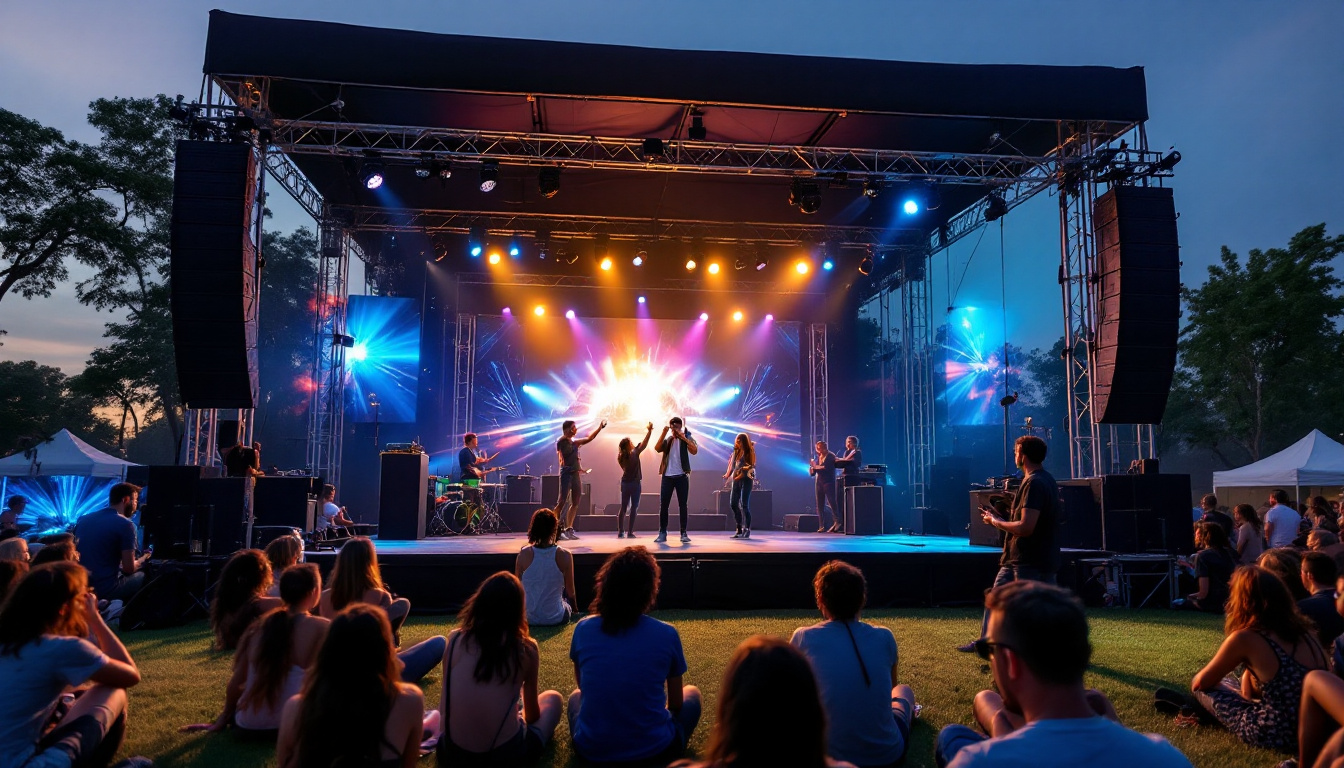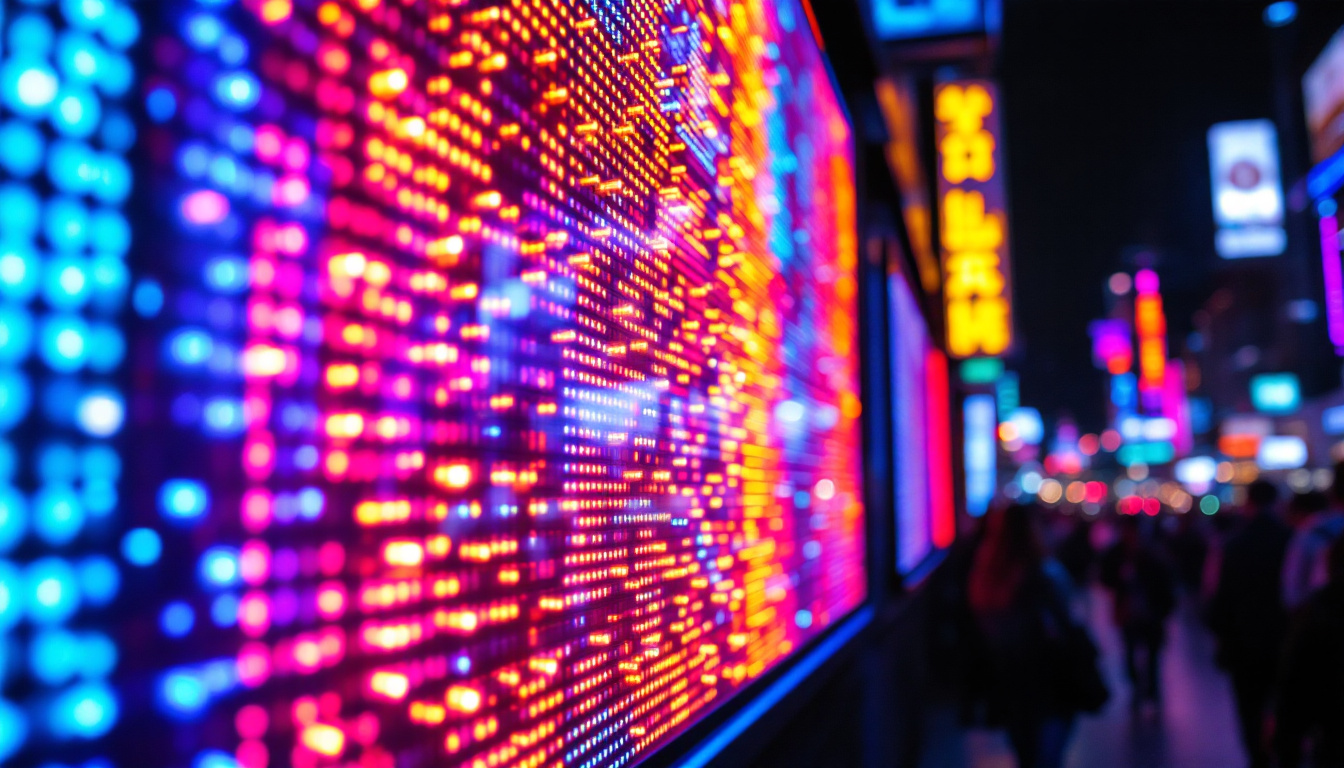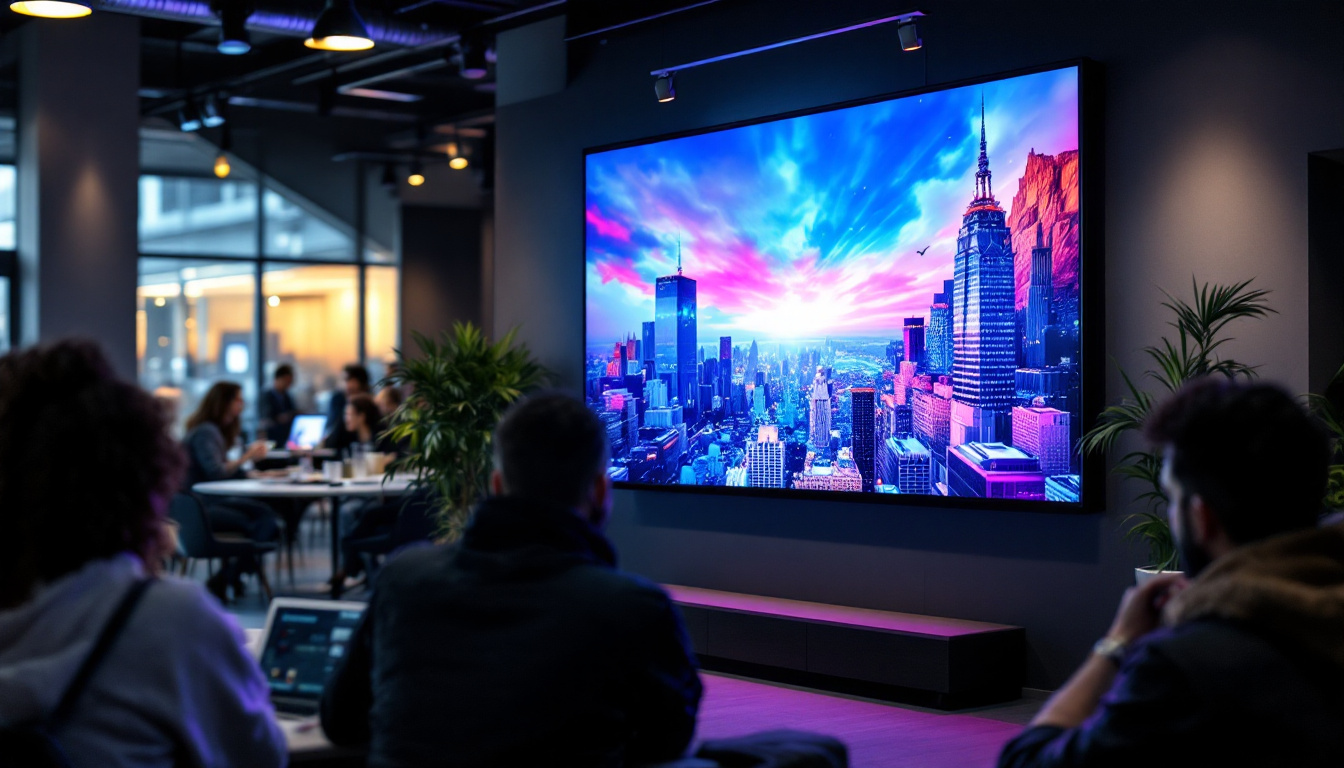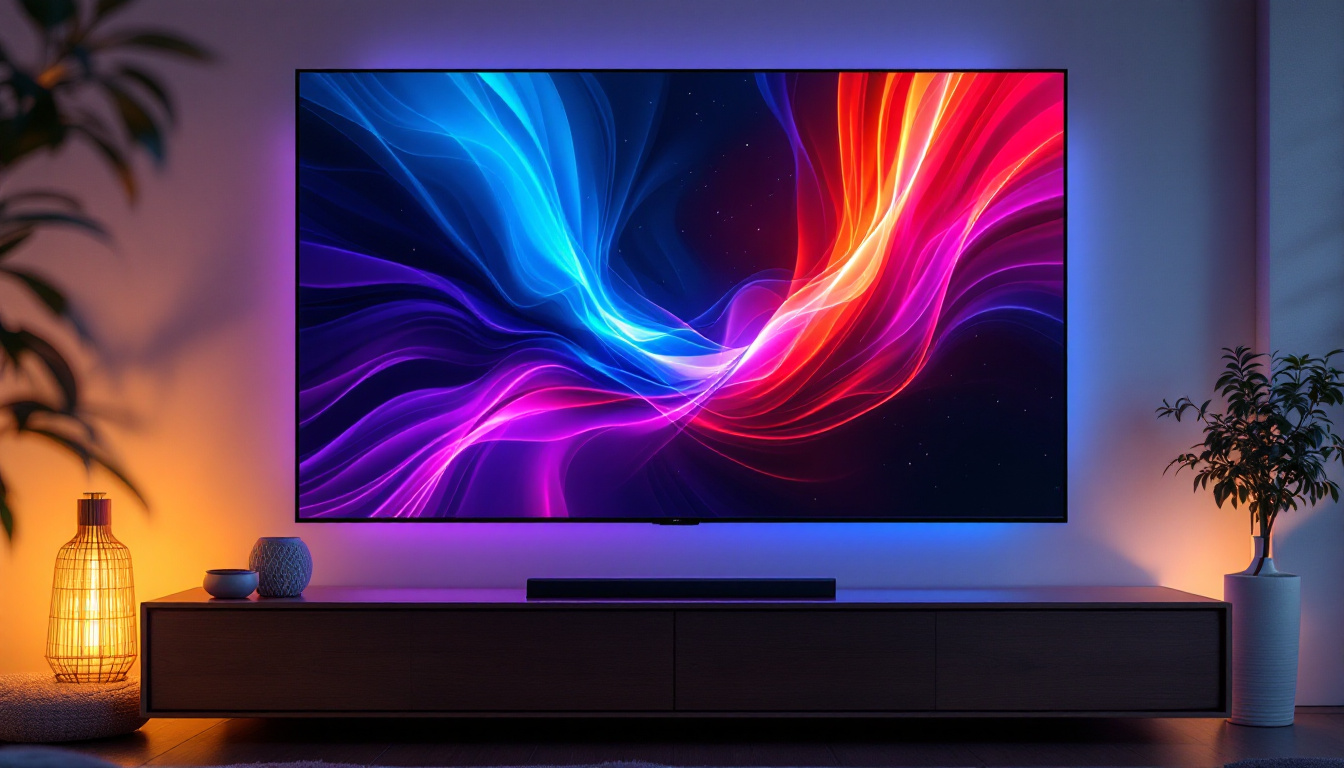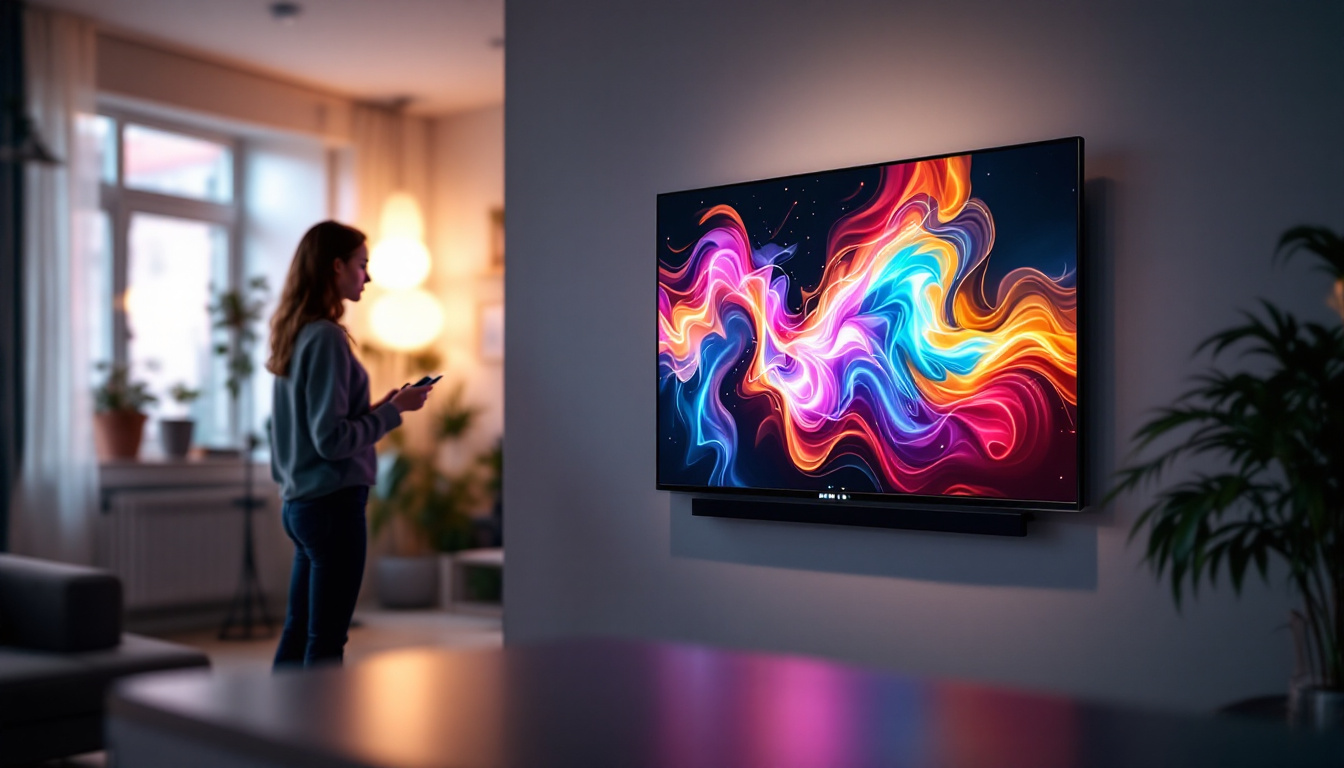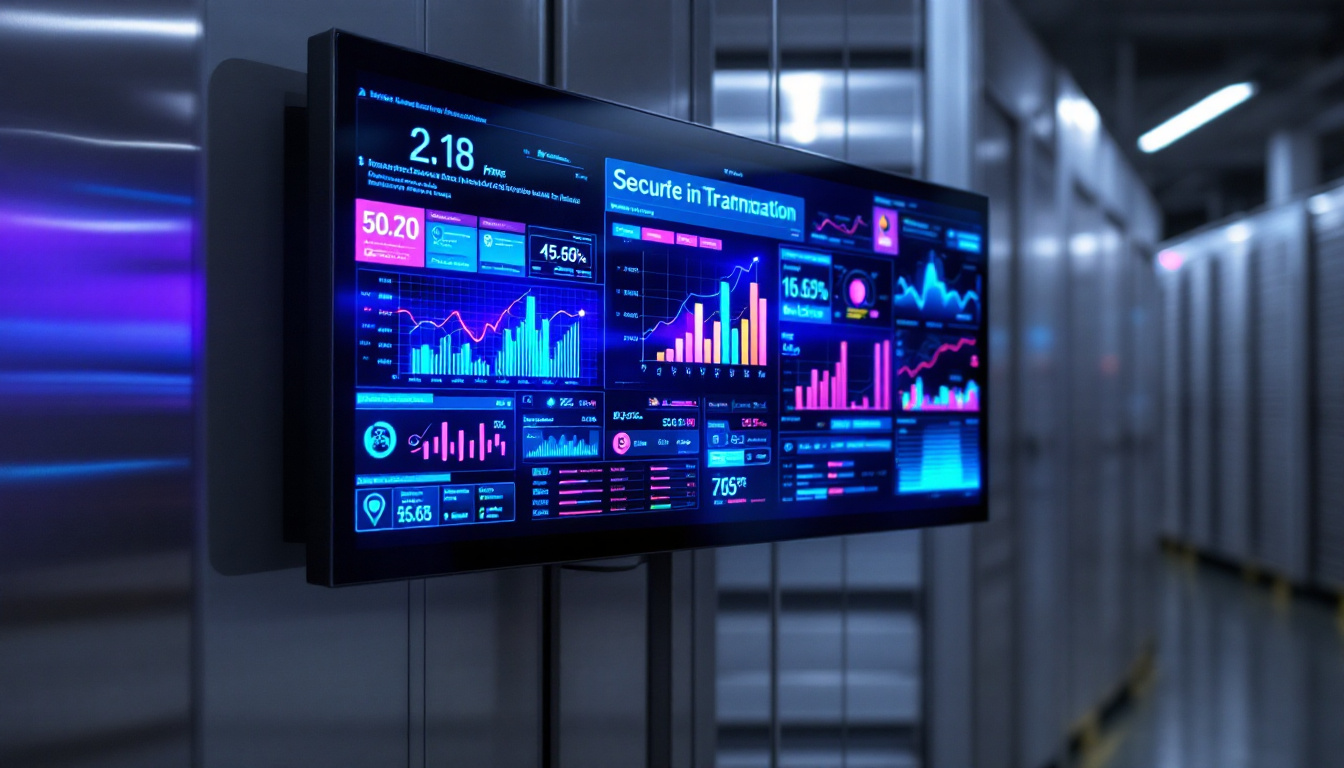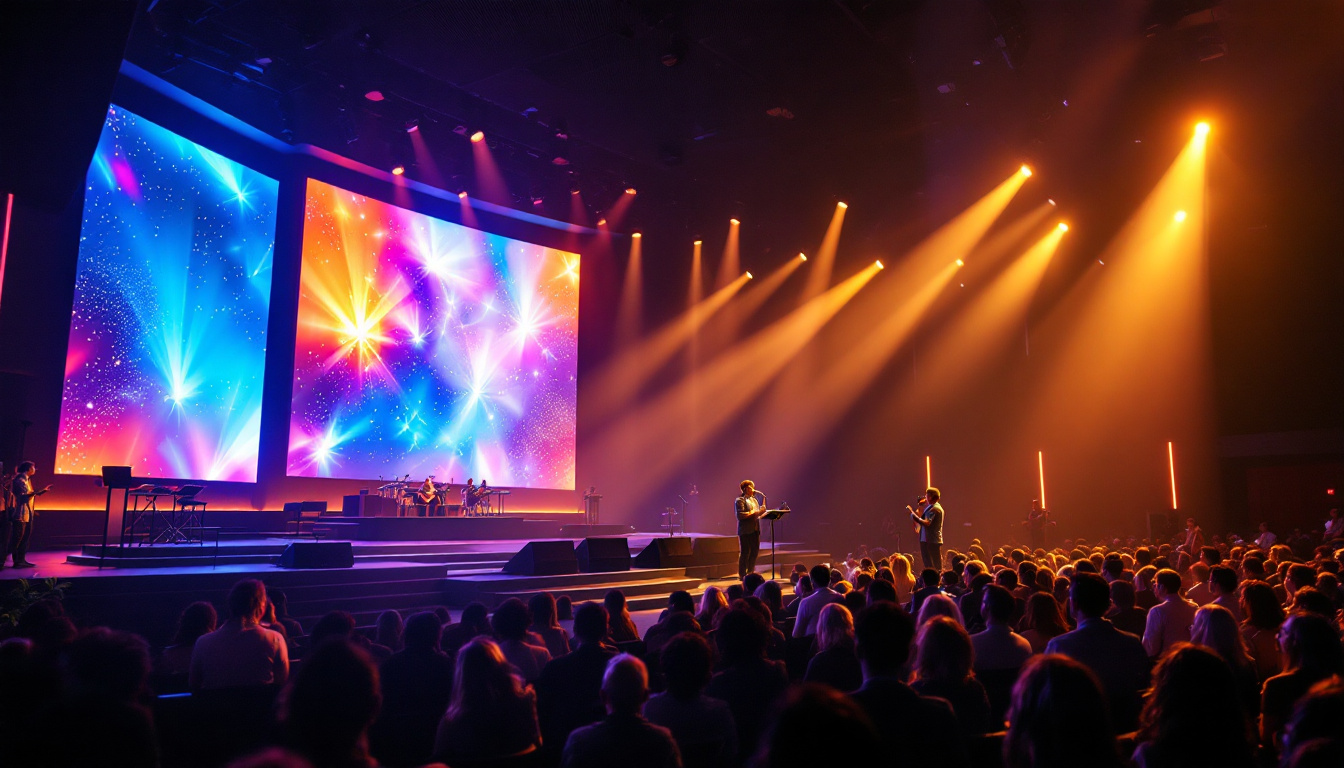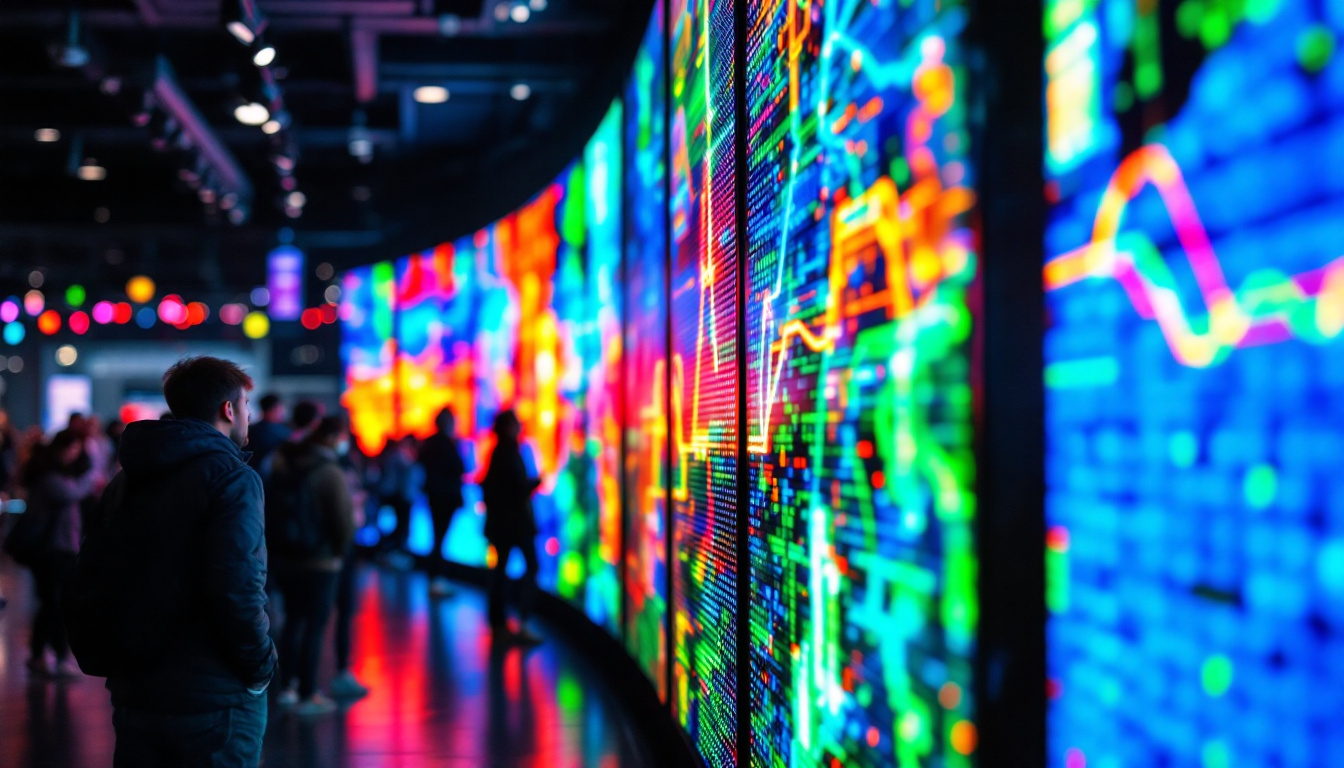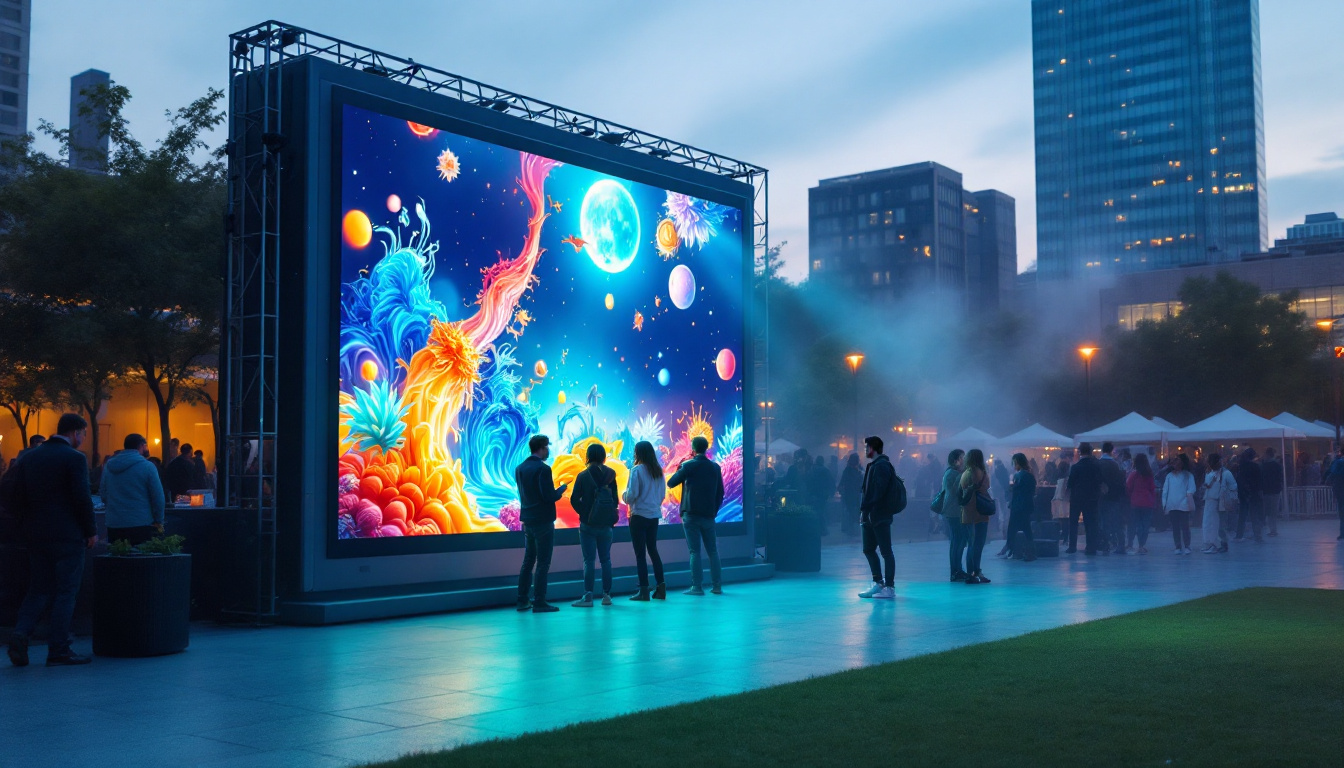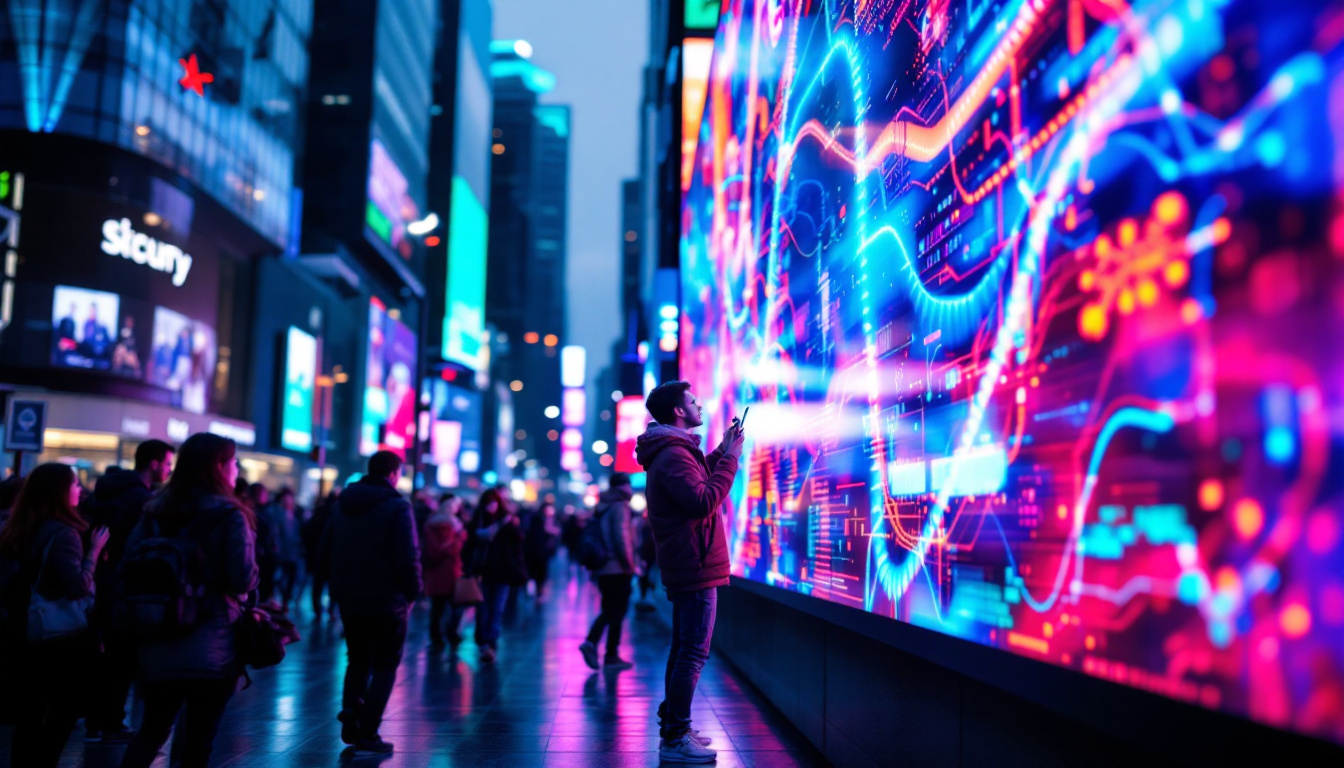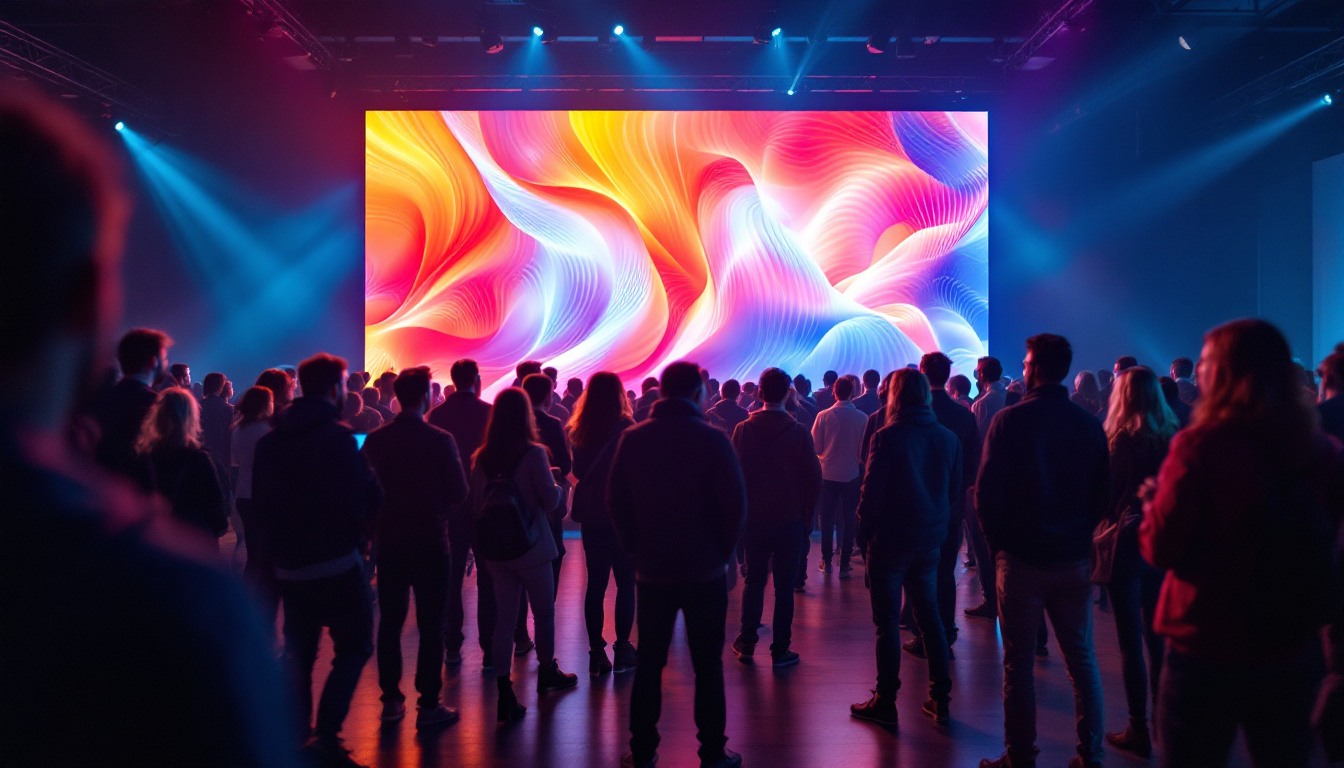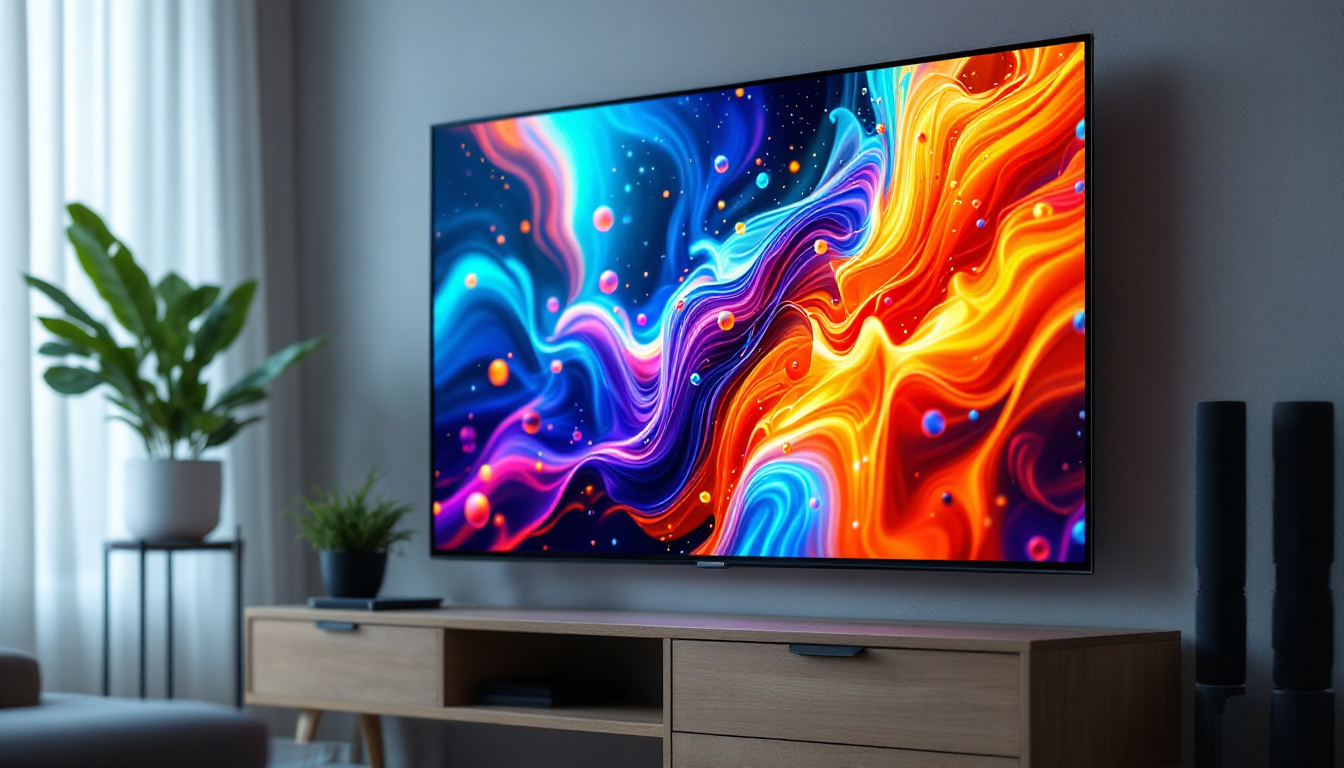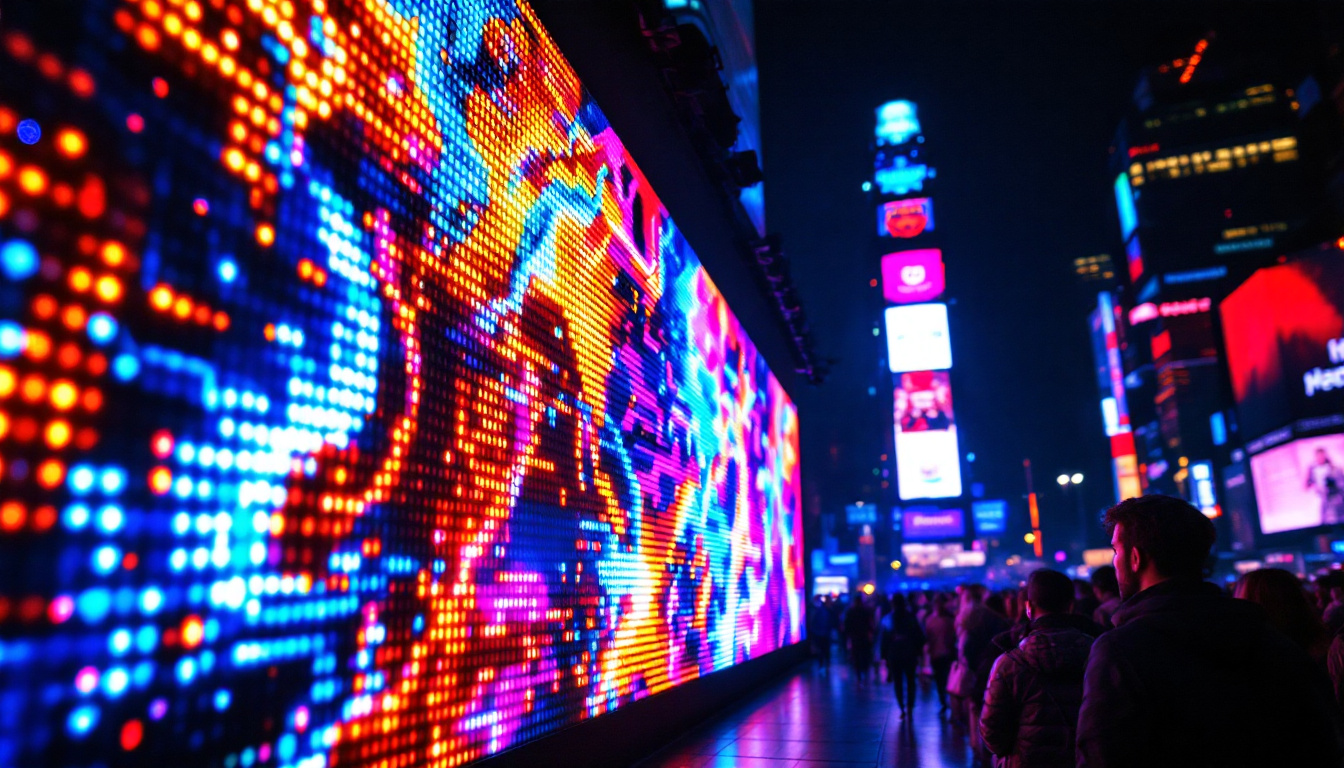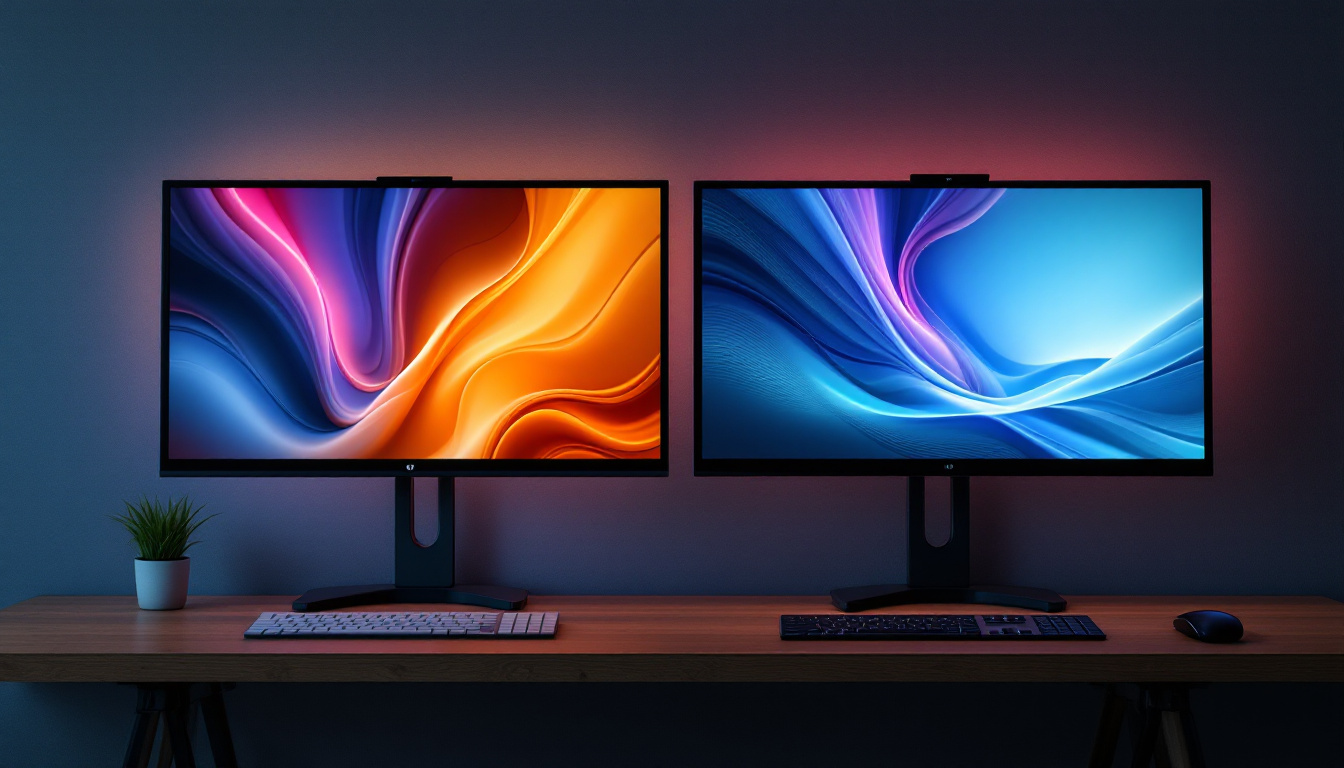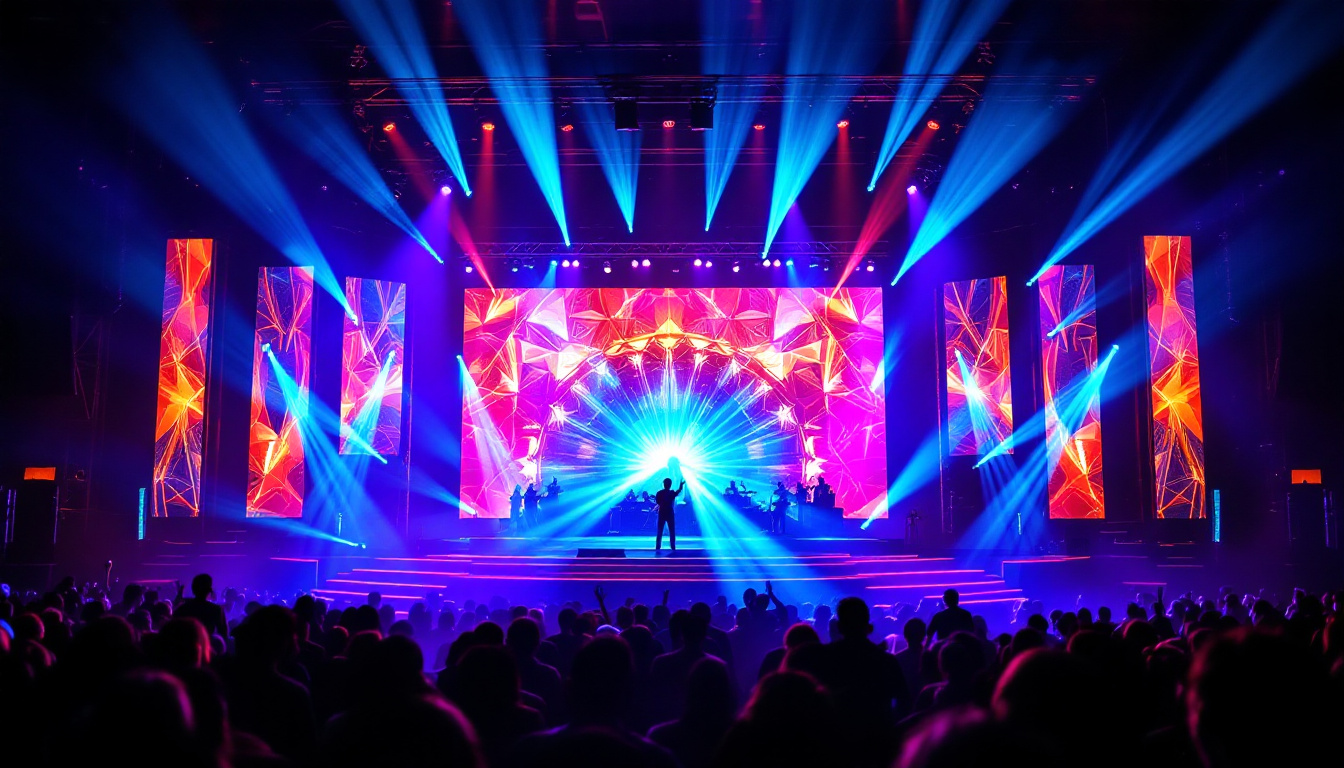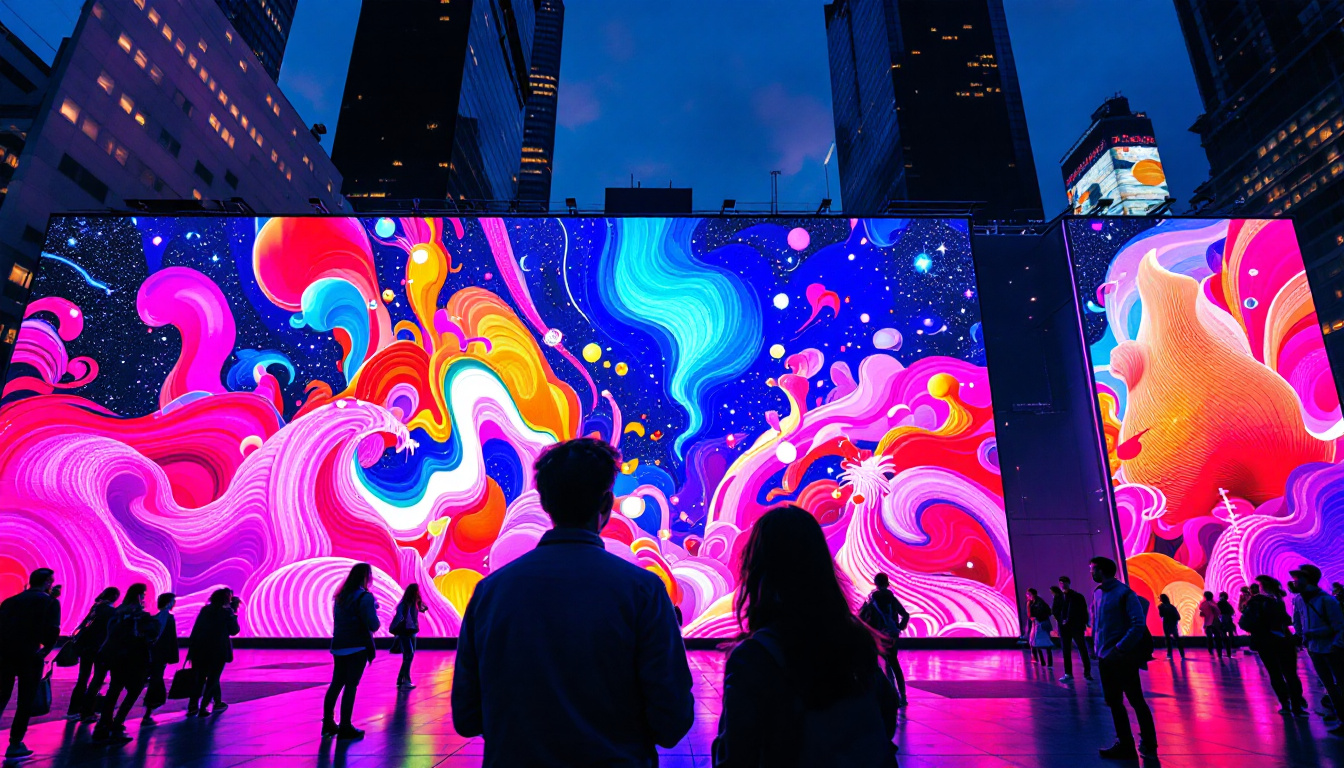In the ever-evolving world of event management and production, portable staging has become a crucial component for creating memorable experiences. Among the various features that can enhance a portable stage, LED displays stand out for their versatility and visual impact. This article delves into the intricacies of LED displays, their benefits, and how they can transform any event space.
Understanding Portable Staging
Portable staging refers to modular platforms that can be easily assembled, disassembled, and transported. This flexibility makes them ideal for a wide range of events, from concerts and festivals to corporate functions and trade shows. The ability to customize the stage layout and design allows event planners to create unique environments tailored to specific themes or audiences.
The Importance of Versatility
One of the primary advantages of portable staging is its versatility. It can be configured in various shapes and sizes to accommodate different types of performances and presentations. This adaptability is particularly beneficial for event organizers who may not have a fixed venue or who frequently change locations.
Moreover, the modular nature of portable staging allows for quick setup and takedown, saving valuable time and labor costs. This efficiency is essential for events that require rapid transitions, such as festivals where multiple acts perform in quick succession. Additionally, the lightweight materials commonly used in portable staging systems contribute to easier transportation, allowing for seamless movement between venues and reducing logistical challenges.
Enhancing Audience Engagement
In today’s fast-paced environment, capturing and maintaining audience attention is more challenging than ever. Portable staging, combined with LED displays, can significantly enhance audience engagement. The vibrant visuals and dynamic content that LED screens provide can draw in viewers and keep them captivated throughout the event.
Whether it’s a live concert, a corporate presentation, or a theatrical performance, the ability to project high-quality images and videos can elevate the overall experience. The integration of LED displays into portable staging creates a cohesive visual narrative that resonates with audiences. Furthermore, the use of interactive elements, such as audience polling or live social media feeds displayed on the screens, can foster a sense of participation and connection, making attendees feel more involved in the event. This interactivity not only enhances the entertainment value but also encourages audience retention, ensuring that the event remains memorable long after it concludes.
The Role of LED Displays in Events
LED displays have revolutionized the way information and entertainment are presented during events. With their bright colors, high resolution, and flexibility, they offer numerous advantages over traditional projection methods. Understanding these benefits can help event planners make informed decisions when selecting staging options.
High-Quality Visuals
One of the standout features of LED displays is their ability to deliver high-quality visuals. Unlike traditional projection systems, which can be affected by ambient light and require a darkened environment, LED screens maintain clarity and brightness even in well-lit spaces. This characteristic ensures that every detail is visible, allowing for a more immersive experience.
Additionally, LED displays can showcase a wide range of content, from live video feeds to pre-recorded media, animations, and graphics. This versatility enables event organizers to tailor their presentations to suit the theme and audience, creating a more engaging atmosphere.
Energy Efficiency and Longevity
LED technology is known for its energy efficiency and long lifespan. Compared to traditional lighting and display solutions, LED screens consume significantly less power, making them a more sustainable choice for event production. This efficiency not only reduces operational costs but also aligns with the growing emphasis on environmentally friendly practices in the event industry.
The durability of LED displays is another crucial factor. Built to withstand the rigors of transportation and installation, these screens can endure various environmental conditions, ensuring they perform reliably throughout the event. This resilience minimizes the risk of technical issues that could disrupt the flow of a performance or presentation.
Types of LED Displays for Portable Staging
When considering LED displays for portable staging, it’s essential to understand the different types available. Each type serves specific purposes and can be selected based on the event’s requirements and budget.
Indoor vs. Outdoor LED Displays
Indoor LED displays are designed for use in enclosed spaces, offering high resolution and vibrant colors. These screens are typically used for corporate events, conferences, and indoor concerts. Their lightweight construction and superior image quality make them ideal for portable staging setups.
On the other hand, outdoor LED displays are built to withstand the elements. They feature a higher brightness level to counteract sunlight and are often more robust to resist wind and rain. These displays are perfect for outdoor festivals, sporting events, and any occasion where visibility is critical.
Fixed vs. Flexible LED Screens
Fixed LED screens are permanent installations that provide a stable viewing experience. However, for portable staging, flexible LED screens are more advantageous. These screens can be curved or shaped to fit various stage designs, allowing for creative configurations that enhance the overall aesthetic.
Flexible LED screens are particularly popular for events that require unique visual presentations, such as immersive experiences or artistic displays. Their adaptability enables event planners to push the boundaries of traditional staging, creating memorable environments for attendees.
Integrating LED Displays with Portable Staging
To maximize the impact of LED displays on portable stages, careful integration is essential. This involves considering factors such as placement, content, and technical specifications. A well-thought-out approach can significantly enhance the overall event experience.
Strategic Placement
The placement of LED displays on a portable stage is crucial for ensuring optimal visibility. Screens should be positioned at angles that allow all audience members to see the content clearly, regardless of their location. This may involve using multiple screens or varying sizes to accommodate different viewing distances.
In addition to visibility, the placement should also consider the flow of the event. Screens can be used to highlight key moments, such as performances or speeches, ensuring that the audience remains engaged and informed throughout the event.
Content Creation and Management
The content displayed on LED screens plays a significant role in audience engagement. High-quality visuals, animations, and videos should be carefully curated to align with the event’s theme and objectives. Collaborating with skilled content creators can help produce compelling materials that resonate with the audience.
Furthermore, effective content management is essential for seamless transitions during the event. Utilizing a reliable content management system allows for real-time updates and adjustments, ensuring that the displayed material remains relevant and engaging.
Cost Considerations for LED Displays
When planning an event that incorporates LED displays, understanding the associated costs is vital for budget management. Several factors influence the overall expense, including the type of display, rental duration, and additional services required.
Rental vs. Purchase
For many event organizers, renting LED displays is the most cost-effective option. This approach allows access to high-quality technology without the significant upfront investment of purchasing equipment. Rental agreements can be tailored to fit the specific needs of the event, providing flexibility in terms of size and duration.
However, for organizations that frequently host events, investing in purchasing LED displays may be more economical in the long run. Ownership eliminates rental fees and provides the opportunity to customize the displays for specific branding or thematic elements.
Additional Costs to Consider
Beyond the basic rental or purchase price, several additional costs should be factored into the budget. These may include transportation fees, setup and teardown labor, technical support, and content creation services. Understanding these potential expenses can help event planners create a comprehensive budget that accounts for all aspects of the LED display integration.
Future Trends in LED Displays and Portable Staging
The landscape of LED displays and portable staging is continually evolving, driven by technological advancements and changing audience expectations. Staying informed about emerging trends can help event planners remain competitive and innovative in their offerings.
Advancements in Technology
As technology progresses, LED displays are becoming lighter, thinner, and more energy-efficient. Innovations such as microLED and OLED technology are paving the way for even more impressive visual experiences. These advancements allow for higher resolutions and improved color accuracy, enhancing the overall impact of LED displays in event settings.
Additionally, the integration of augmented reality (AR) and virtual reality (VR) is becoming more prevalent. These technologies can create immersive experiences that engage audiences on a deeper level, transforming traditional events into interactive adventures.
Increased Demand for Sustainability
As awareness of environmental issues grows, there is a rising demand for sustainable practices in the event industry. LED displays, known for their energy efficiency and longevity, align well with this trend. Event planners are increasingly seeking eco-friendly options that minimize waste and reduce carbon footprints.
Furthermore, the use of recyclable materials in staging and display construction is gaining traction. This shift towards sustainability not only meets consumer expectations but also contributes to a positive brand image for organizations committed to environmental responsibility.
Conclusion
Incorporating LED displays into portable staging offers a wealth of opportunities for enhancing audience engagement and creating memorable experiences. The versatility, high-quality visuals, and energy efficiency of LED technology make it an invaluable asset for event planners. By understanding the various types of displays, strategic integration methods, and cost considerations, organizers can effectively leverage LED technology to elevate their events.
As the industry continues to evolve, staying informed about future trends and advancements will be crucial for maintaining a competitive edge. Embracing innovation and sustainability will not only enhance the event experience but also contribute to a more responsible and engaging event landscape.
Discover LumenMatrix LED Display Solutions
Ready to take your events to the next level with cutting-edge LED display technology? Look no further than LumenMatrix. As a leader in innovative LED solutions, we offer an extensive range of products, from Indoor and Outdoor LED Wall Displays to specialized options like Vehicle, Sports, and Floor LED Displays. Our mission is to transform your visual presentations into unforgettable experiences. Whether you’re looking to captivate an audience, enhance brand visibility, or communicate with impact, LumenMatrix has the perfect LED display solution for you. Check out LumenMatrix LED Display Solutions today and see the difference for yourself.

